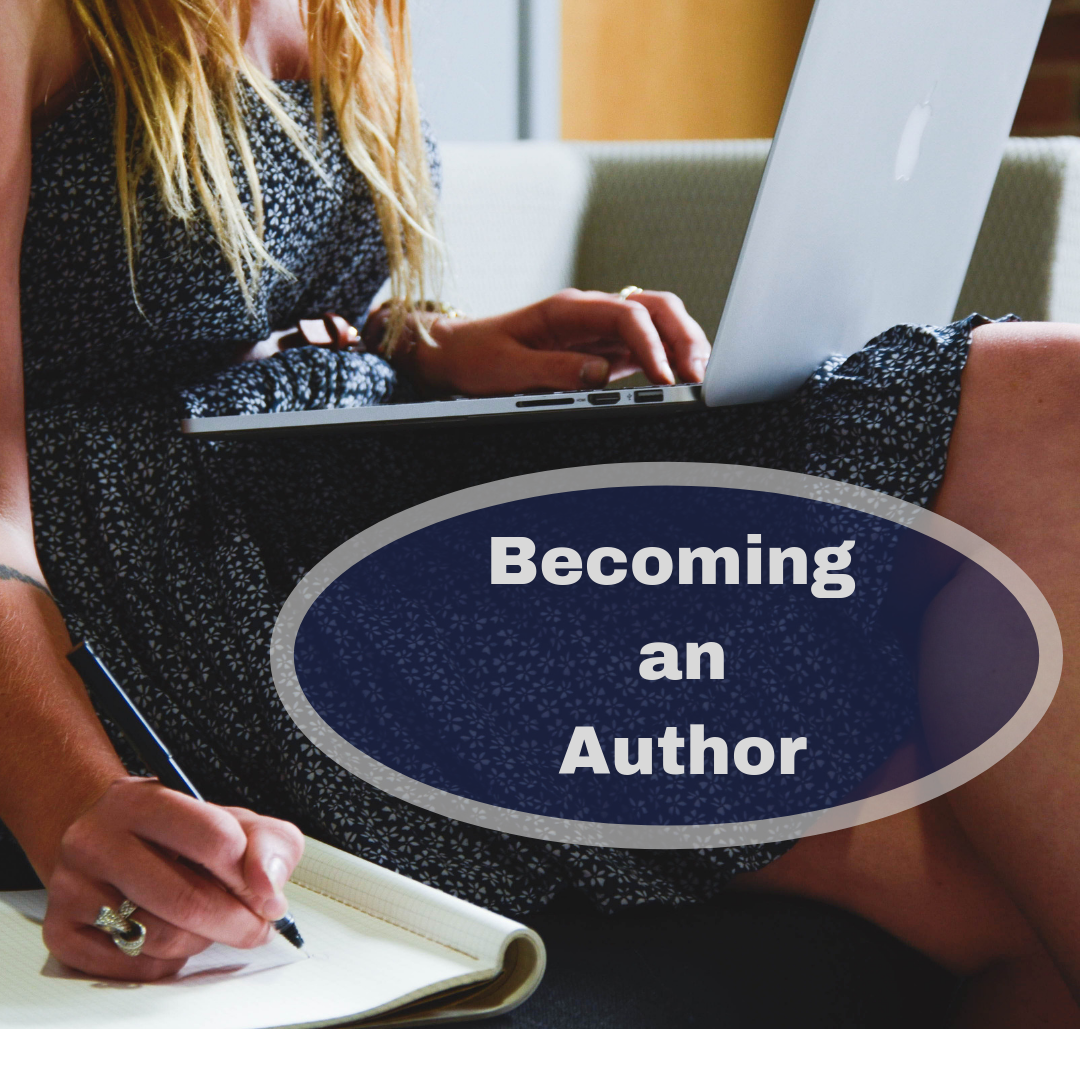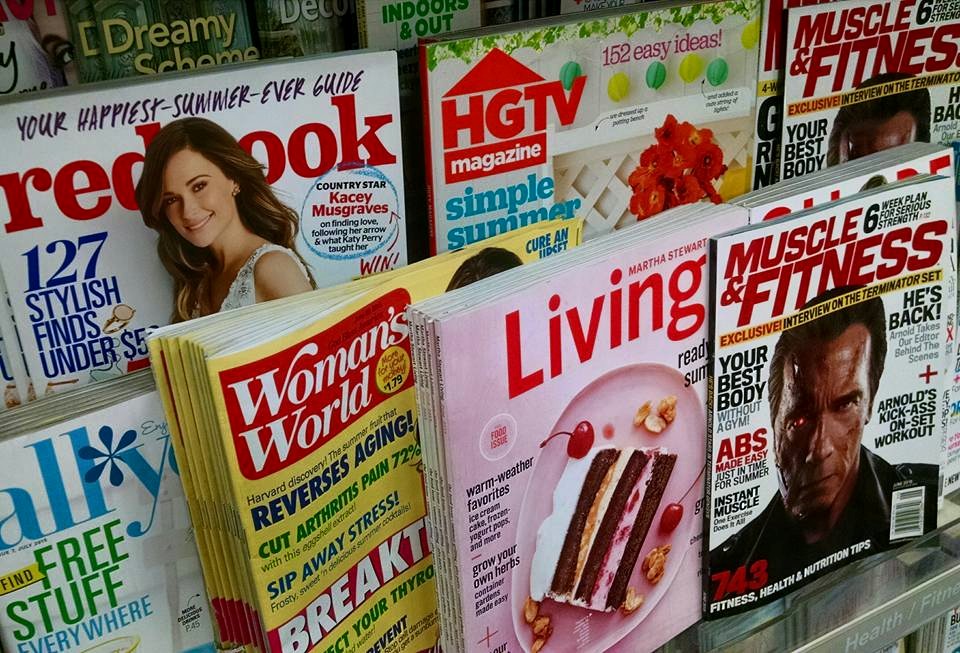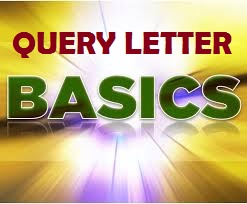
Writers Chat Recap for February, Part 2
Writers Chat, hosted by Johnnie Alexander, and Brandy Brow, and Melissa Stroh is the show where we talk about…
February 29, 2024
Writers Chat, hosted by Johnnie Alexander, and Brandy Brow, and Melissa Stroh is the show where we talk about…
February 29, 2024
We’ve written the book, isn’t that enough? Now they want us to write a query, a pitch, a proposal,…
December 25, 2019
It can be discouraging to not receive a response on your submission—and even more frustrating when the response is…
December 9, 2019
We’ve all said it before. You know, the old, “I’m just waiting on God to make this publishing thing…
July 21, 2019
A query letter is your chance to make a great first impression at a publishing house or a magazine,…
April 21, 2019
When you boil it down to the basics, writers and editors are both seeking the same thing: excellent writing. …
September 13, 2017
A Kill fee? Is that legal? What is a nut graf anyway? Is sounds like a surgical term or…
August 26, 2017
“Me, write for magazines? Never. I barely have the energy or expertise to write my book, let alone write…
July 28, 2017
As a former magazine editor and someone who has written for many publications, I’ve got good news. Every magazine…
April 12, 2017
by Terry Whalin The bulk of my magazine writing is done on assignment. How do you get an assignment?…
September 10, 2016
You might be asking what you actually submit to a publisher when you submit a picture book manuscript. I…
September 30, 2015
When I first heard the phrase, “Query letter” I was confused and embarrassed. I did not know what a…
September 18, 2015